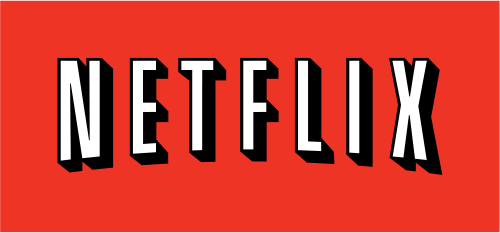
Overall, nearly a quarter of U.S. adults watch videos on an Internet-connected device at least weekly, up from 5% four years ago and 13% two years ago. The data were reported last week by Leichtman Research Group.
For cable and satellite pay-TV providers, that’s not the worst news. The worst news is that as more people subscribe to Internet video services, more of those subscribers are dropping their subscriptions to pay TV. In 2010, some 88% of subscribers to Netflix Inc.’s (NASDAQ: NFLX) streaming video service also subscribed to pay TV. That percentage fell to 85% in 2012 and is now 80%.
Some other striking data points from Leichtman’s research:
- 48% of all non-subscribers to pay TV are subscribers to Netflix, up from 16% in 2010 and 29% in 2012.
- 47% of households subscribe to Netflix, Amazon Prime and/or Hulu Plus.
- 49% of Netflix subscribers watch Internet video weekly, compared with just 8% who use another Internet subscription service.
Netflix has maintained for a long time that it is not a competitor to pay-TV services but rather a complement to cable and satellite offerings. Leichtman’s research should disabuse the pay-TV companies of that notion. Whether or not Netflix intended to aid and abet cord-cutters is arguable. What is not arguable is that a lot of consumers are happy with the Internet video service combined with the free over-the-air broadcast networks. That is very bad news for cable and satellite companies.
ALSO READ: Why One Analyst Sees Netflix Rising to $500 Soon
Get Ready To Retire (Sponsored)
Start by taking a quick retirement quiz from SmartAsset that will match you with up to 3 financial advisors that serve your area and beyond in 5 minutes, or less.
Each advisor has been vetted by SmartAsset and is held to a fiduciary standard to act in your best interests.
Here’s how it works:
1. Answer SmartAsset advisor match quiz
2. Review your pre-screened matches at your leisure. Check out the advisors’ profiles.
3. Speak with advisors at no cost to you. Have an introductory call on the phone or introduction in person and choose whom to work with in the future
Thank you for reading! Have some feedback for us?
Contact the 24/7 Wall St. editorial team.




